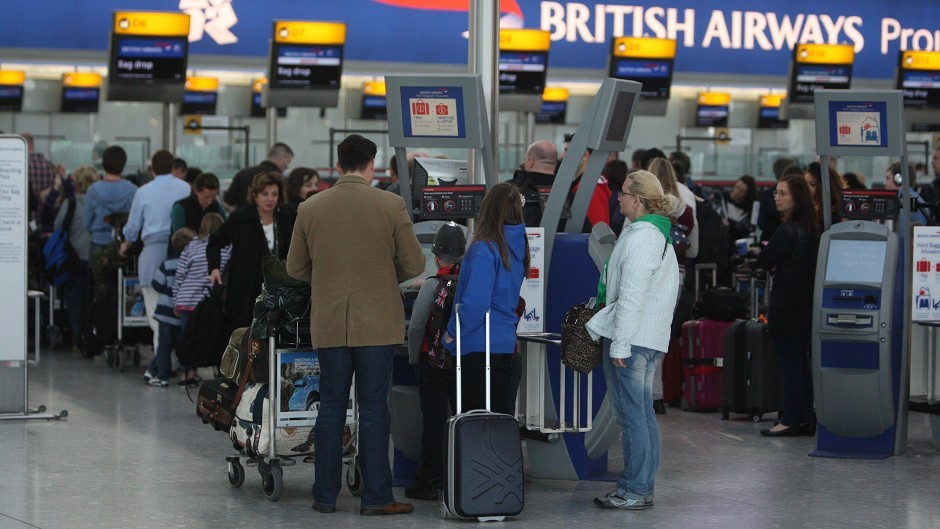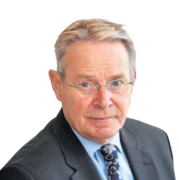As I tried in vain for the umpteenth time at airport security to enter my digital boarding card from a mobile app, I could sense a growing exasperation among the crowd waiting in line behind.
You know the sort of thing – it was 5.30am on a Saturday at Edinburgh Airport and it seemed half of my fellow passengers were knocking back pints or spirits in the bar while the rest looked like they were about to keel over with stress. The usual mayhem and panic you see at any airport.
I had a fleeting thought that travel must have been more tranquil and pleasant in bygone days. Then I remembered the day Mr Pickwick set off from Rochester to Dingley Dell in Charles Dickens’ The Pickwick Papers.
In the company of close associates Nathaniel Winkle, Augustus Snodgrass and Tracy Tupman, he embarked on the 15-mile journey with two horses and one carriage (“a little green box on wheels”) between them.
Disaster struck when both horses bolted in opposite directions in quick succession and the carriage was smashed – hurtling the occupants into a hedge at high speed.
They were forced to complete their journey on foot, taking the rest of the day, and they arrived at their destination in a shocking state with torn clothes and covered in cuts and bruises. “It was like a hideous dream,” observed Pickwick.
I found this strangely comforting at the security barrier, where I was at the mercy of a small black hole which housed the identification monitor, above which I was flapping my useless app.
If I was attached to a stress monitor, I am sure it would have burst into flames by now.
Luckily, there was a Good Samaritan.
“Let me show you, it should point this way,” said the soothing voice of the woman who was next in line.
It was starting to look like one of those “escape rooms” which are all the rage nowadays – TV’s Crystal Maze for ordinary people – where teams try to break out by using their combined problem-solving skills.
It helps self-esteem and builds confidence, apparently, but a darkened room would have been better for me right now. That is exactly what airports should invest in – darkened rooms for passengers.
Psychologists say the problem with airports is that we feel threatened and stressed because we give up control over our destinies, hate being shouted at and ordered around by people in uniforms, and are forced to share our personal space with a bunch of annoying strangers.
We tried this and then we tried that with the app, but nothing worked. Not a flicker of encouragement or recognition from the black hole. Then it clicked.
“You have been flagging up the wrong boarding card. This is your return from Malaga in two weeks time!” shrieked the woman in an act of treacherous public denunciation after befriending me. The mob were looking ugly. Fear and loathing in Lothian.
It would not have taken much for William Golding’s novel Lord Of The Flies to kick in – and that thin veneer of civilisation to peel off.
By the time I reached the boarding gate, I envied everyone around me as they clung to their paper boarding cards for comfort.
My app had done a runner from my mobile by now, sick and tired of being prodded senseless by my fingers.
Like a self-destruct scene from Mission Impossible, I had about 10 seconds to download and open it all over again before it was our turn in the queue. By the time we boarded I wanted to throw myself to my knees and thank the crew for saving me.
Then one of them said politely: “Could I have a look at your boarding card please, sir?”
Within a few days of arriving in Spain, I noticed I was having trouble putting on my socks. Taking them off, too.
And it wasn’t anything to do with the seductive charms of too much Tinto de Verano, a delicious summer drink of red wine, ice and Spanish Casera lemonade.
I have had a twinge in my left hip for a while. I am convinced I’ll need a new one at some point.
Panic, more self-induced stress. Probably just need a couple of painkillers.
I have been doing weird online tests to see if I can stand on one leg for a minute without holding on, or for 10 seconds with eyes shut. It can show you if you need a new hip or if you are going to die within the next 12 years, apparently.
I am indebted to Sir Andy Murray for giving me some inspiration. What a fantastic comeback for him at Queen’s.
I was fascinated by an interview he gave just before the contest and I kept playing one section back.
He revealed he was a big fan of escape rooms as a stress-buster, but it was impossible to take part previously because he was in constant agony from his worn-out hip.
Murray was all too familiar with the threat of being locked in a vicious cycle of pain, stress and mental illness. His heart went out to arthritis sufferers, who are often trapped in the same predicament.
I am convinced mobility is the foundation of staying alive and helping people fight stress.
We can’t all play top-class tennis, but brisk everyday walking is the elixir of life – except when you are being frog-marched between security and boarding gate.
David Knight is the long-serving former deputy editor of the Press and Journal











